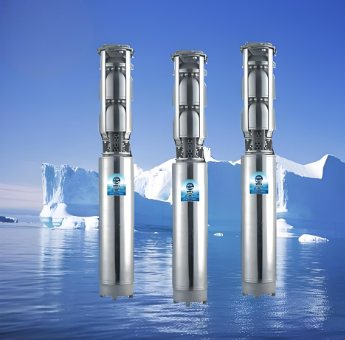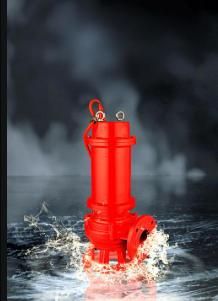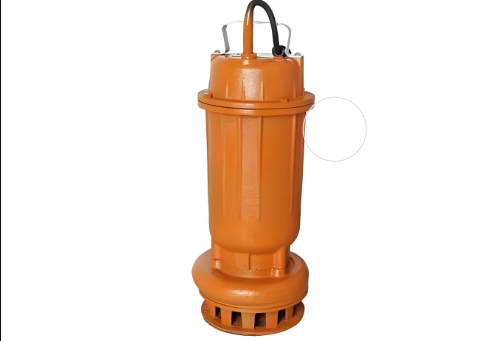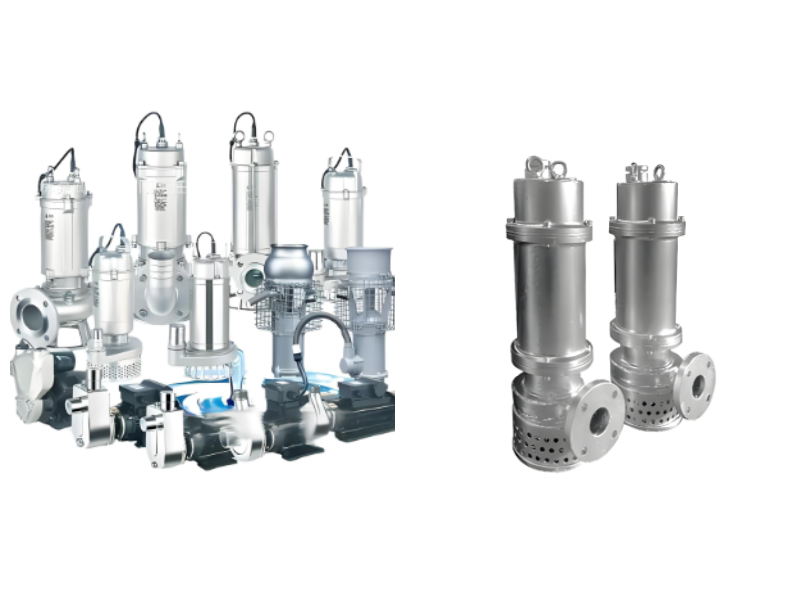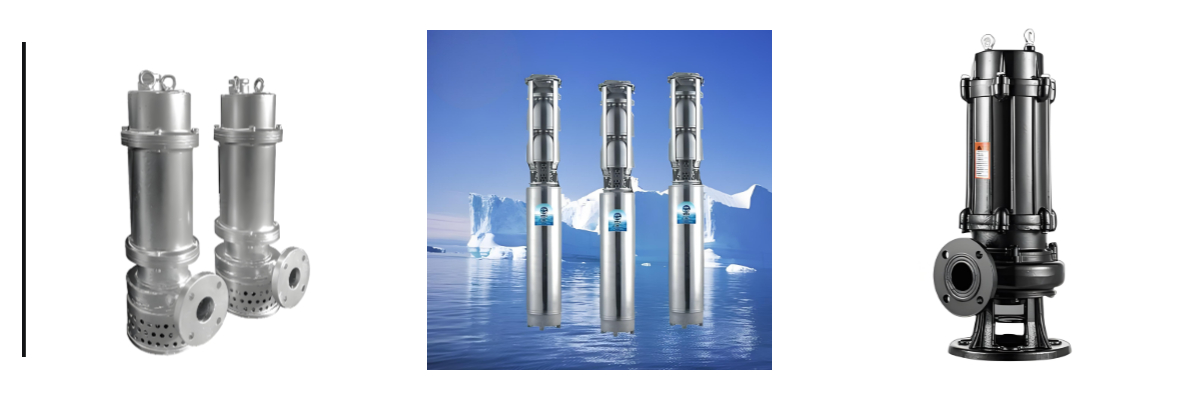Submersible Chemical Pump
Compact structure
The industrial submersible pump adopts an integrated design, with the motor directly connected to the pump body. It is small in size and light in weight. It can be directly submerged in water to work without building a pump room, saving space and infrastructure costs.
Easy installation
The installation process is simple and does not require complicated procedures. Small pumps can be placed directly in the sewage pool. Large pumps are equipped with automatic coupling devices for quick installation and easy maintenance.
Stable operation
The coaxial design of the motor and pump shaft shortens the length of the rotating parts, reduces the bearing load, and prolongs the service life. The sealing structure effectively prevents water from entering the motor, ensuring long-term and stable operation of the equipment.
When in use, the entire unit submerges in water to extract groundwater to the surface. It is used for domestic water, mine rescue, industrial cooling, farmland irrigation, seawater lifting, ship loading, and fountain landscape. Hot water submersible pumps are used for hot spring bathing, and can also be used to extract groundwater from deep wells. They can also be used in water extraction projects such as rivers, reservoirs, and canals. They are mainly used for farmland irrigation and water for people and livestock in mountainous areas. They can also be used for central air conditioning cooling, heat pump units, cold pump units, cities, factories, railways, mines, and construction site drainage. The general flow rate can reach 5~650m³/h and the head can reach 10-550 meters. The characteristics are small size, light weight, easy installation, flexible transportation, and strong work adaptability. [3] Submersible pumps can be divided into four types according to the sealing form of the motor: dry, semi-dry, oil-filled, and wet. There are several types of submersible pumps. The coils in the motor are oil-immersed, water-immersed, and dry. You must read the instructions before use, and you can't make mistakes. If you don't use it for a long time, you must turn the impeller before use, otherwise it will get stuck and burn due to long-term non-use. Before turning on the pump, the suction pipe and the pump must be filled with liquid. After turning on the pump, the impeller rotates at high speed, and the liquid in it rotates with the blades. Under the action of centrifugation, it flies away from the impeller and shoots out. The speed of the ejected liquid gradually slows down in the diffusion chamber of the pump casing, and the pressure gradually increases, and then flows out from the pump outlet and the discharge pipe. At this time, at the center of the blade, the liquid is thrown to the surroundings to form a vacuum low-pressure area with neither air nor liquid. The liquid in the liquid pool flows into the pump through the suction pipe under the action of the atmospheric pressure on the pool surface. The liquid is continuously sucked up from the liquid pool and continuously flows out from the discharge pipe.
Basic parameters
Basic parameters include flow rate, head, pump speed, matching power, rated current, efficiency, outlet pipe diameter, etc. The submersible pump set consists of a control cabinet, a submersible cable, a water pipe, a submersible electric pump and a submersible motor. The main uses and application scope of submersible pumps include mine rescue, construction drainage, agricultural water irrigation and drainage, industrial water circulation, drinking water supply for urban and rural residents, and even disaster relief, etc. Main classification In terms of the medium used, submersible pumps can be roughly divided into three categories: clean water submersible pumps, sewage submersible pumps, and seawater submersible pumps (corrosive). Submersible pump installation methods 1. Vertical use, such as in a general well; 2. Inclined use, such as in a sloped tunnel in a mine; 3. Horizontal use, such as in a pool


